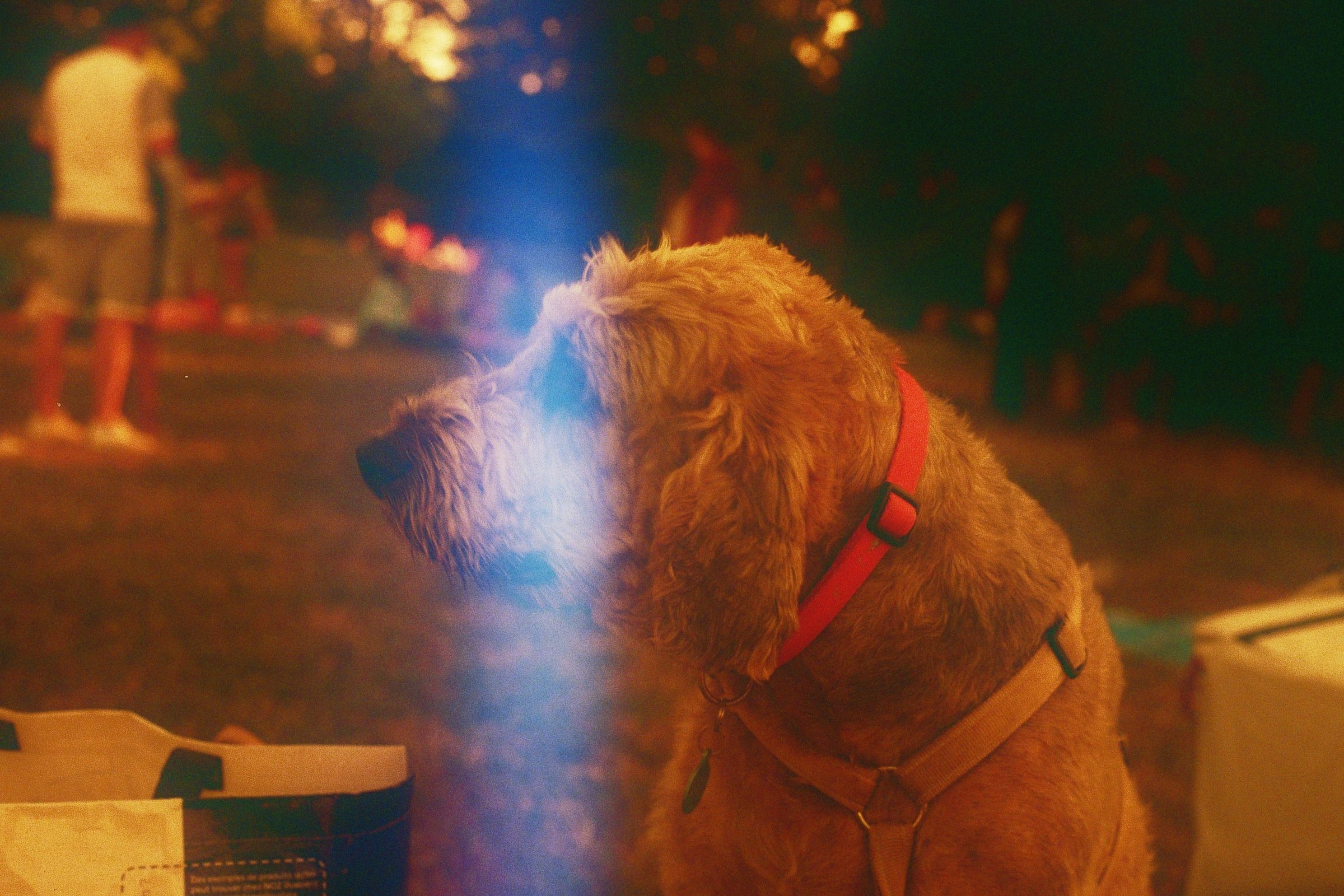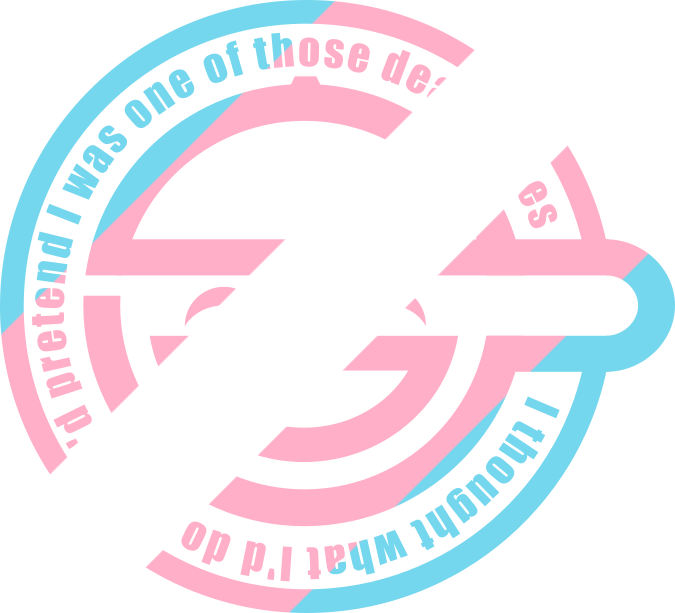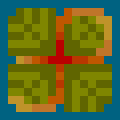Either A or D but not both. The answer is the letter. It’s not a paradox, just undeterminable as written.
… do you perhaps have a 50% chance to get either A or D?
It is a paradox by the rules of the question, but nice try.
You’ll also find that most paradoxes can be resolved with more information about how universal laws work btw.
If you choose an answer to this question at random, what is the chance you will be correct?
a) 1000% b) 666% c) -100% d) 420%
There are three possible values, so I guess right answer would be 33,333333333%?
i thought “easy, 25%”, then i saw the other 25% and then cried.
love me a good paradox.
Then I was like 50%, because there are 2 25% answers.
And then I was like 25% because there’s now 1 50% answer.
That settles it. Has to be 60%.
But then that makes the right answer 3 out of 4 possible options, so the correct answer is 75%. Or not. I’m tired.
It’s a system that’s complete but not consistent
My opinion: The question isn’t asking you which of the options is the correct answer, it’s asking what your odds are of choosing the correct answer. Regardless of the value of the choices.
The question is asking for a value. Not one of the following letter choice.
Without knowing the correct answer, assuming one is correct, a random guess out of 4 choice answers would be a 1 in 4 chance. 25%
Which is wrong, because you incorrectly assumed there was one correct answer
But it’s correct because 25 and 50 are there.
Also, prob-a-bil-i-ty.
You don’t know the answers when trying to determine it.
It’s not correct, and your knowledge of the answers has nothing to do with my explanation.
then what’s the answer and why
None of the answers are correct. If the answer were 25%, then it couldn’t be 25% because there’s a 50% chance of picking it at random, which contradicts our supposition. Similarly the answer cannot be 50% because there’s a 25% chance of picking it. The answer isn’t 60% because there isn’t a 60% chance of picking it.
flawless logic
That’s correct.
There’s a 1 in 4 chance so the answer is 25%, but there are 2 "25%"s so 50% is the correct answer, but there is only one “50%” So there’s a 1 in 4 chance so the answer is 25%, but there are 2 "25%"s so 50% is the correct answer, but there is only one “50%” So there’s a 1 in 4 chance so the answer is 25%, but there are 2 "25%"s so 50% is the correct answer, but there is only one “50%” So there’s a 1 in 4 chance so the answer is 25%, but there are 2 "25%"s so 50% is the correct answer, but there is only one “50%” So there’s a 1 in 4 chance so the answer is 25%, but there are 2 "25%"s so 50% is the correct answer, but there is only one “50%” So there’s a 1 in 4 chance so the answer is 25%, but there are 2 "25%"s so 50% is the correct answer, but there is only one “50%” So there’s a 1 in 4 chance so the answer is 25%, but there are 2 "25%"s so 50% is the correct answer, but there is only one “50%” So there’s a 1 in 4 chance so the answer is 25%, but there are 2 "25%"s so 50% is the correct answer, but there is only one “50%” So there’s a 1 in 4 chance so the answer is 25%, but there are 2 "25%"s so 50% is the correct answer, but there is only one “50%” So there’s a 1 in 4 chance so the answer is 25%…
I honestly don’t understand the joke with the 60%. I understand the progression until then.
What progression?
Logical progression. You see four answers and think 25%. You see two 25%s and think 50%, but then you don’t know how to square that because 50% is there too!
Delightful, had to come to the comments after a minute - certified brain* breaker!
*peabrain at least
There’s no joke; the 4th choice (in addition to 25%, 25%, 50%) is arbitrary; it could be 0%, 100%, or anything other than 25% or 50%. The only purpose it serves is to be a 4th option (thus making the probability of choosing any individual answer 25% when choosing randomly).
The question would work just as well if it had 3 options:
1/3, 1/3, 2/3.
I think having 0% as the 4th choice would have actually made it more interesting.
It’s a little easier to figure out if there is one answer that is clearly and unequivocally wrong.
25/25/50/75 or something just doesn’t have as neat a mapping of numbers into conceptual categories, for some reason, to me
This would have been even more troll with a 0% answer, because that would add another layer of paradox.
Yeah erase the 6 and this meme is twice as good
What if the choices were 25%, 50%, 50%, and 100%? Would all four be correct?
No, it’s another paradox
B is correct if you get Microsoft to code the random selector: https://www.robweir.com/blog/2010/02/microsoft-random-browser-ballot.html
Bubble sort the alternatives with a RNG for comparison function and pick the alternative that ends up in first position.
0%
Or 100%, depending on whether the test maker knows they’re trolling.
Mathematics breaks sometimes when a sentence refers to itself (because it can create contradicting paradoxes). That’s why such sentences are not allowed in formal mathematics.
This example isn’t really a contradicting paradox yet though, none of the answers are correct hence the question is unanswerable (a logical possibility for an arbitrary question). Other commenters correctly pointed out that this setup would be more interesting if 0% would be one of the given possibilities, because then the question is no longer logically unanswerable hence it would be a contradicting paradox (assuming the question is unanswerable implies a possible answer and assuming that a specific one of the answers is correct implies that it’s not correct)
When answering multiple choice and none of the answers are perfect, choose the least wrong answer.
So in this case the answer is 60% because they’re all wrong but that one hurts my brain the least.
Always go with C) if you have to guess
Under the assumption that at least one of those answers is “correct” and fixed (not changing with respect to guesses) and that all options are listed, it is either 25 or 50 percent. 25 if the “correct” answer is either 50 or 60 (or exactly one of the 25’s), and 50 if the correct answer is 25.
Clearly this requires a departure from the expected definitions of the words and/or numbers in the question. It’s terrible question writing, I’ll say.
I’d argue it’s 50% by process of eliminating with some grouping. 60% is right out, as it doesn’t make sense. This essentially leaves us with 50% and 25%, and since there’s 2 options a random guess would have a 50% chance of being correct
Some of you only ever had tests graded by a Scantron and it shows.
Easy. 50%. You’re either right or you’re not.
The “get out of jail free card” of statistics.
Statistics - the last refuge of cowards.


















